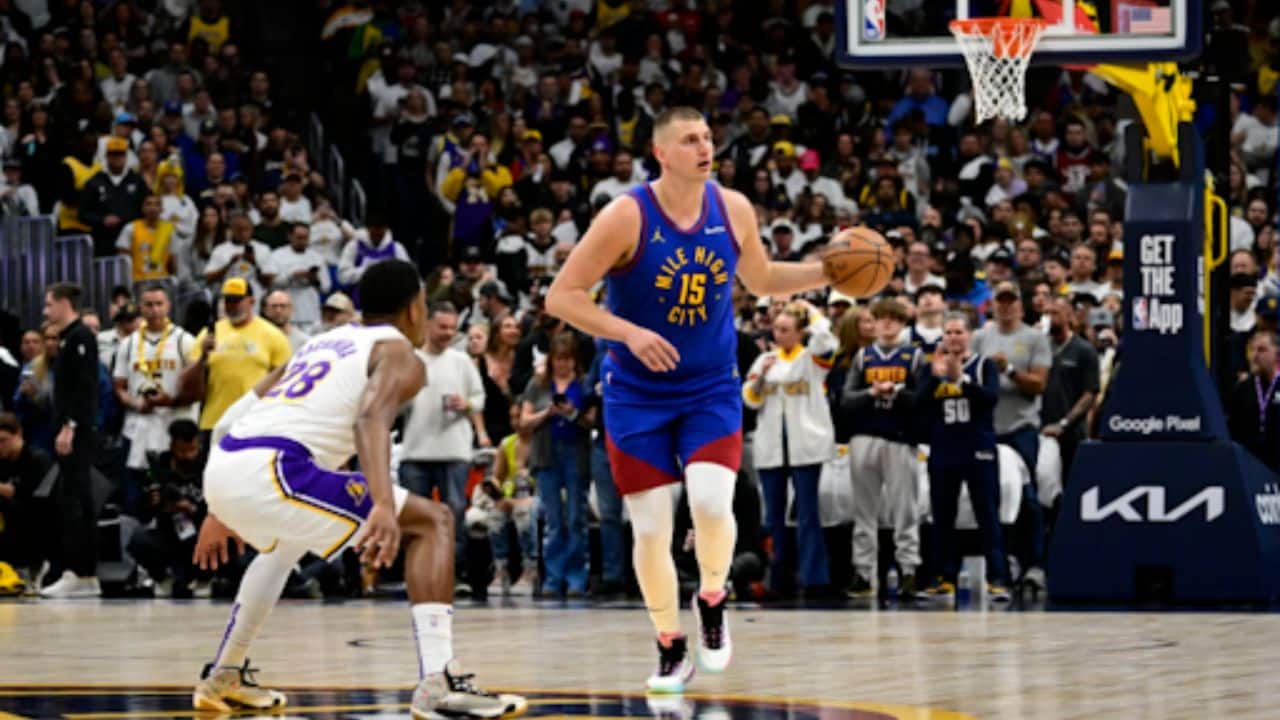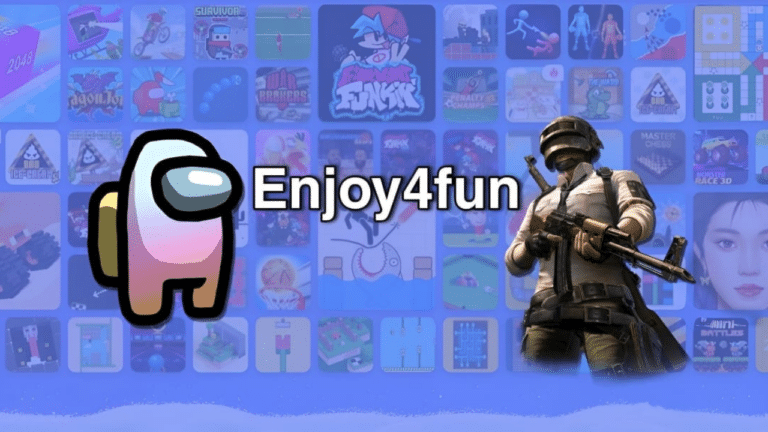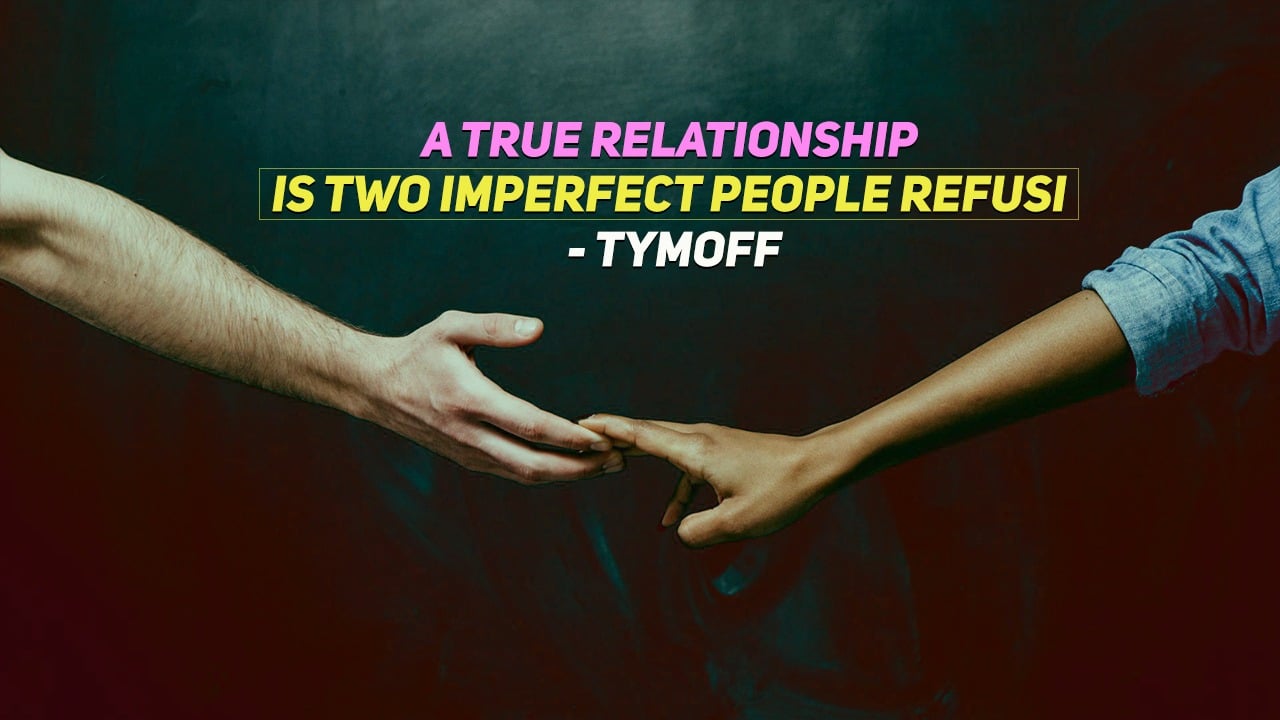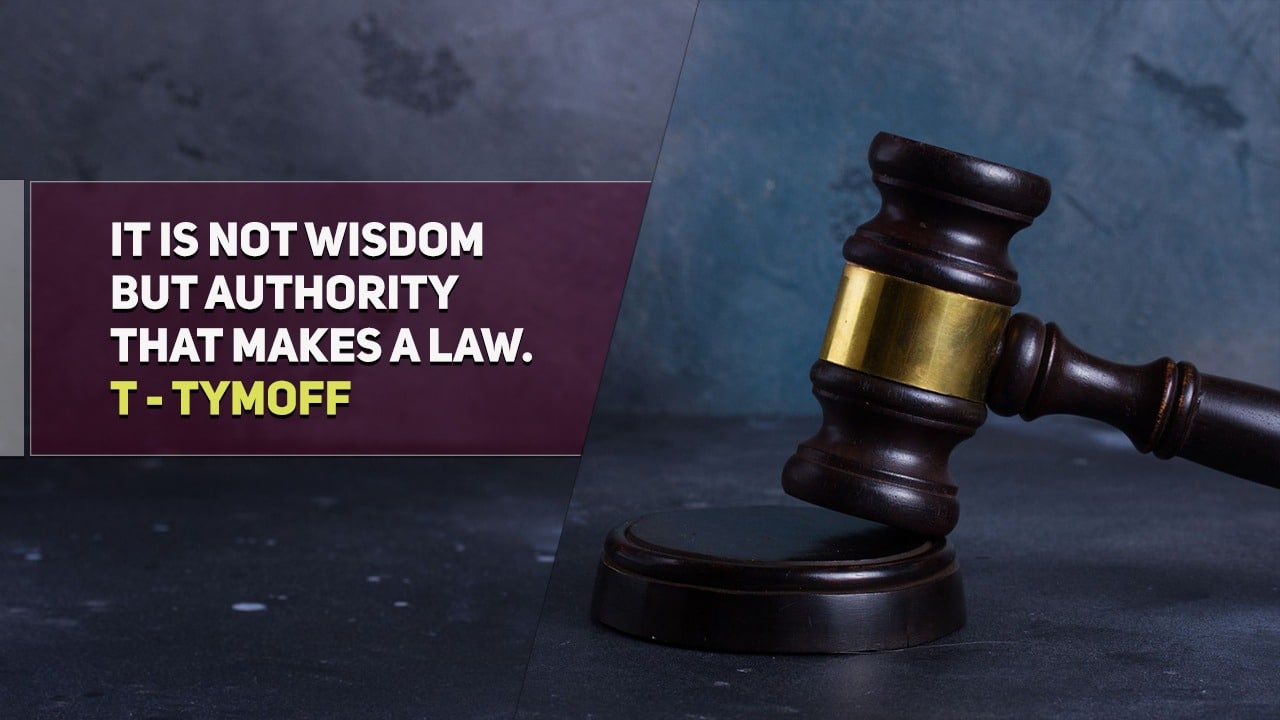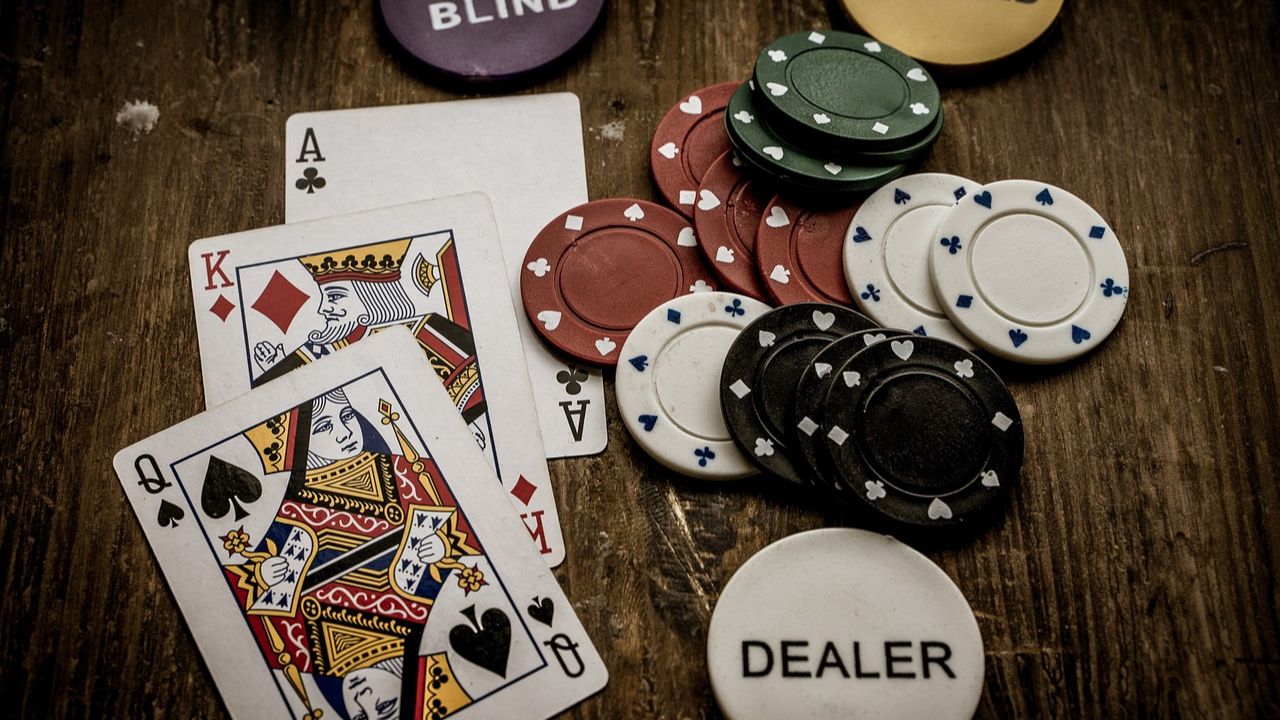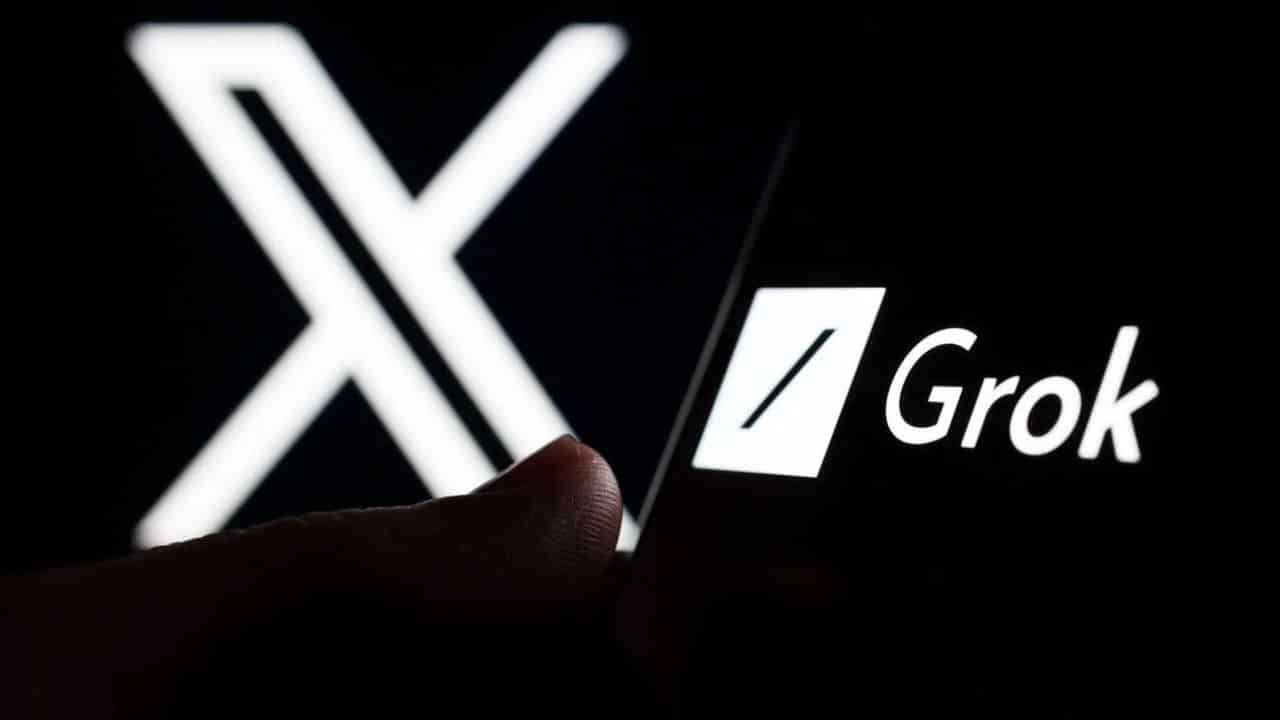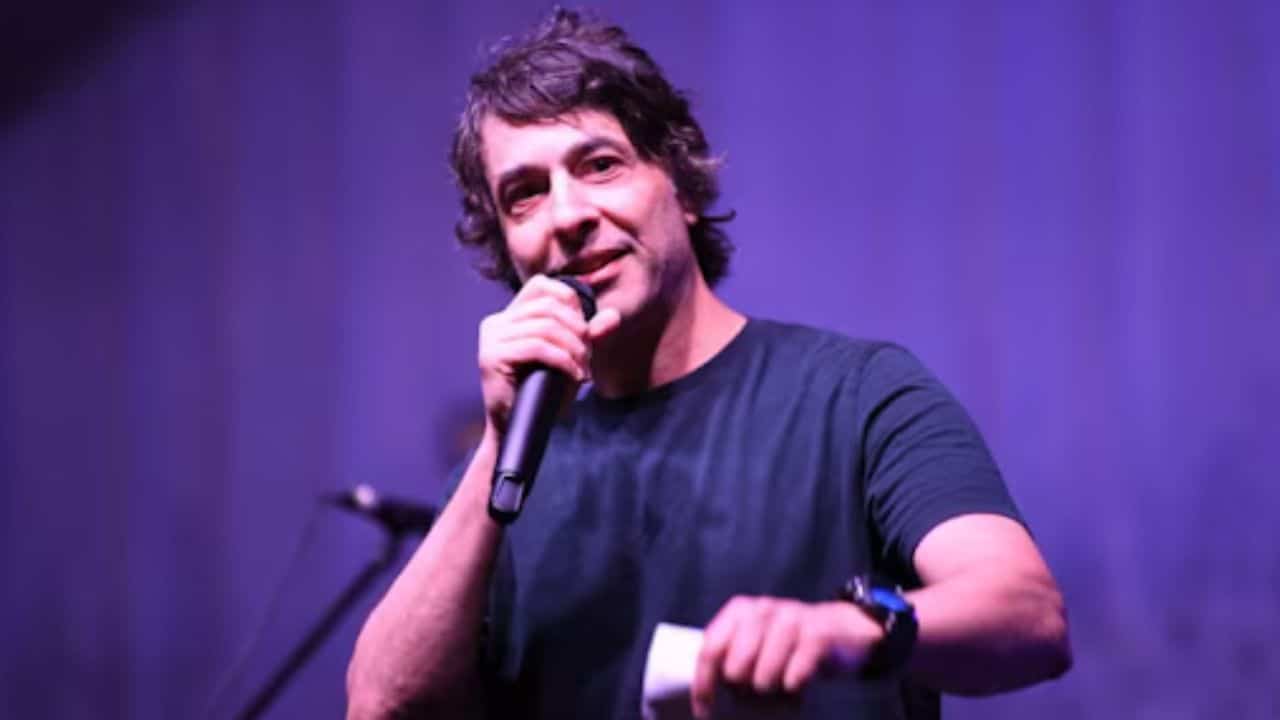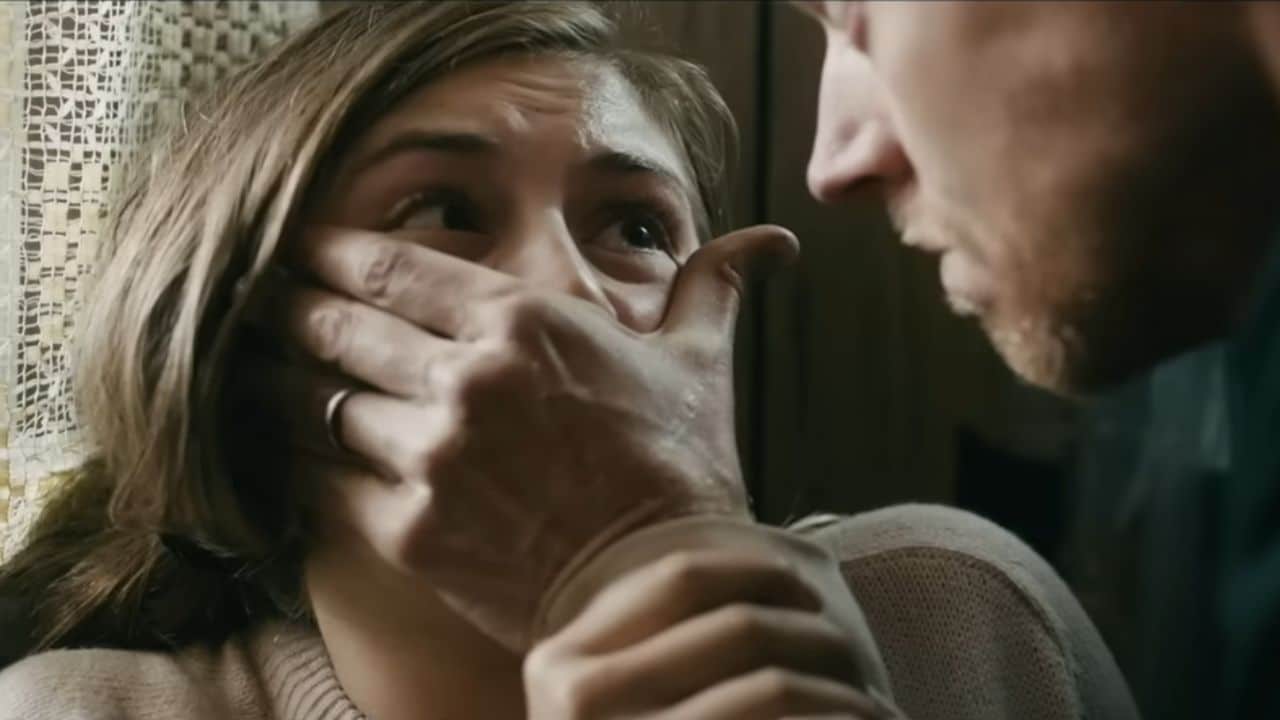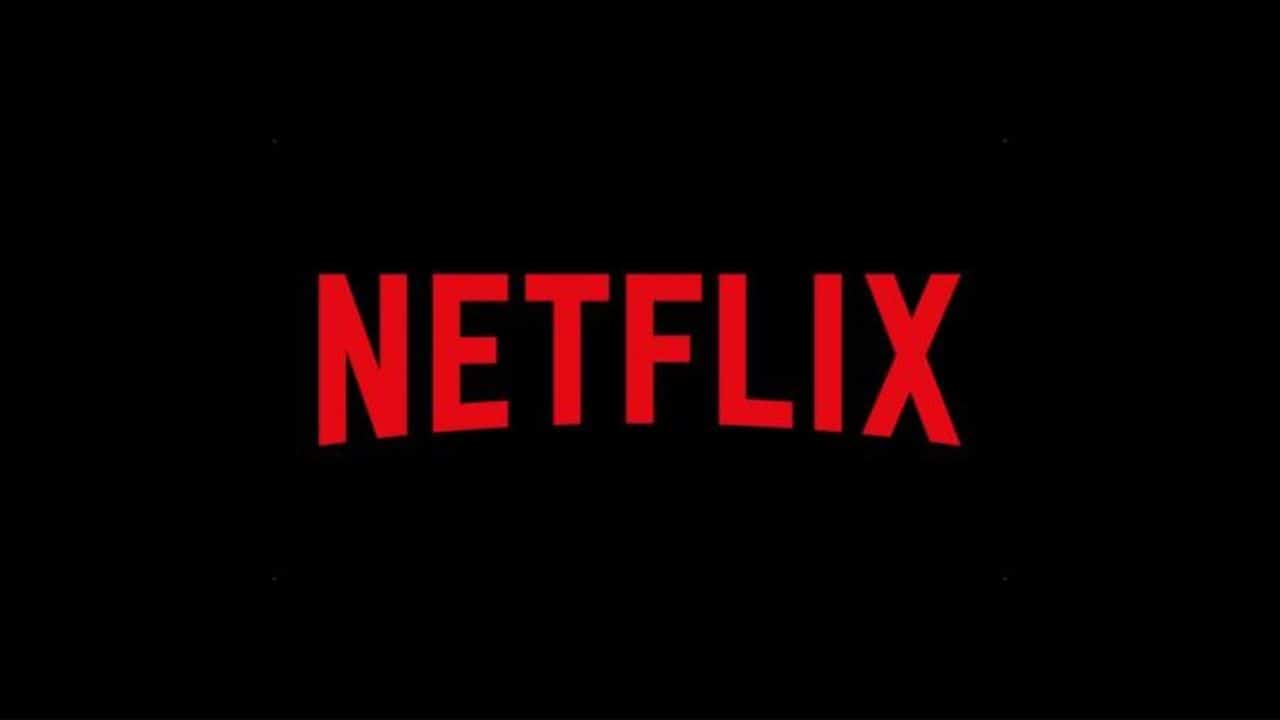Listen to the Podcast:
Do you want to know how many periods in hockey? Games in most sports are split into quarters or halves. But in hockey, there are times when the game is played. This use of periods is not as easy to understand as a quarter or a half. Usually, there are three periods in a hockey game. Each of these times lasts for 20 minutes.
If the score is still tied after the first 60 minutes of play, the game goes into sudden-death overtime, where the first team to score wins. Some might be left wondering what makes up the total time for each period. Some fans may also be curious about what happens between each period. This blog post will talk in-depth about the periods in hockey and how overtime fits into the standard rules of a game. Here’s a complete list of how many periods there are in a hockey game.
History of Hockey
The first game of indoor ice hockey on record happened in 1875. People say the game began as a mix of other games, like field hockey and lacrosse. The sport was popular in Canada, where it was first played.
At the end of every National Hockey League (NHL) season, the two best teams play championship games to see who gets the Stanley Cup. This cup had existed since 1892, when Frederick Arthur, Lord Stanley of Preston, gave it as a gift. In 1926, the Stanley Cup was given to the NHL champion for the first time.
How Many Periods are in a Hockey Game?
A hockey game has three 20-minute periods (or 60 minutes total). If the score is tied after 60 minutes, there will be a 5-minute overtime period and a shootout to decide the winner. When teams are tied in the playoffs, they will play sudden-death overtime, which is also made up of 20-minute periods, to determine who wins.
Read More: How Long are Hockey Games
What Adds to the Total Time of Each Period?
Several stoppages can add time to each hockey period. First, there are a lot of breaks during the game so that commercials can be shown. Hockey games are full of action, so advertisers try to squeeze in as many commercials as they can whenever there is a break in the game.
During a hard time, there are also breaks for several other reasons. One of these is when the ice hockey puck leaves the ice, and a new one needs to be bought. Also, the goalie net often comes loose enough to be fixed before the game can continue.
We can’t forget about things that stop the action in the middle of a game. For example, if a player gets hurt, the game will stop so that the player can be checked on or taken off the ice. If a foul happens, the game must stop for a penalty shot, adding to the total amount of playtime. There can also be fights in ice hockey, which can prevent the game clock.
How Long does it Take to Play a Period in Real-Time?
A period will take about 40 minutes to play in real-time. This considers breaks in play and TV timeouts so that commercials can be shown during the game (there are two each period).
If each period lasts about 40 minutes, the whole game will last 120 minutes, plus 30 minutes for breaks. That’s a total of 150 minutes or 2.5 hours. So it takes 2.5 hours from when the puck is dropped to when the final horn sounds.
How Long is a High School Hockey Game?
Let’s talk now about how long a high school hockey game lasts. Because fewer people are on each team and less time between periods, high school hockey games are shorter than NHL games. A high school hockey game has three periods, each 17 minutes long. In between each period, there is a 12-minute break. A typical high school hockey game lasts between 1:45 and 2 hours.
High School Hockey Overtime
When playoffs or championships are on the line, high school games that end in a tie will go into sudden-death overtime. In high school hockey, overtime is five minutes played five against five (meaning there are only five skaters from each team on the ice at a time). If, after overtime, the teams are still tied, the game is considered a tie.
Read Also: How Long is a Lacrosse Game
How Many Periods in a Recreational ice Hockey Game?
Most games in amateur leagues are broken up into three parts. I’ve seen two periods used sometimes, but usually only in 3-on-3 leagues with shorter time blocks.
The resurfacing of the ice is the main difference between games for fun and games for a league. In recreational leagues, the ice will only be Zambonied before each game starts. The ice surface gets a lot of snow by the third period, but it’s still in pretty good shape.
In real-time play, the ice is used for just over an hour, longer than the 40 minutes used by professional sports leagues (each period). You could also say that professional players carve into the ice surface more than those in amateur clubs, so there is much more wear and tear during each period.
Is Overtime a Period in Hockey?
In hockey, overtime is a part of the game. But it’s not seen or called the fourth period. Instead, it’s more like extra time. No one refers to overtime as the “fourth period.” It’s called “overtime,” for short. The same stats are kept for each player and goalie during overtime as during regular play. Since overtime is a continuation of regular play, the stat sheet shows the overtime results.
Most leagues end the game with a shootout if no goal is scored in the standard one-overtime period. The shootout doesn’t count as a period, and there is no time on the clock when it happens. Unlike overtime, shootout plays (like goals and saves) do not count toward the shooters’ and goalies’ regular stats. There are separate statistics for the shootout, but the shootout only decides who wins the game overall.
What Else Happens in Between Periods?
Even though we briefly talked about how the ice is cleaned between periods and how the players use that time to rest, these aren’t the only things that happen between periods.
Fans often use this time to go to the concession stand, the bathroom, or to talk to other fans in other parts of the arena.
Many arenas even have entertainment on the ice between periods to keep the fans interested, excited, and cheering during the short break in the game. This could be kids playing games, a fan contest, or something else.
The length of each break can vary a little, but it’s usually between 15 and 17 minutes. This gives everyone a break and provides the Zamboni and the rest of the cleaning team a chance to fix the ice so the game can be played as well as possible.
Ice Hockey Time Keeping
We should look at how the pros do things to get a basic idea of how the clock works in ice hockey games.
During the regular NHL season, games that don’t end in a tie are split into three 20-minute periods. This is the basic rule that most professional hockey teams worldwide, not just the NHL, follow. It applies to NHL teams in minor leagues, major junior leagues like the WHL, OHL, and QJHL, and most international tournaments and NCAA games.
Even though this is how most professional games are set up, you should know many other things.
Also Read: DB in Football
Intermission and ice Resurfacing
From an ice quality point of view, it makes perfect sense to play hockey in three periods. Instead of only being able to resurface the ice once, having three periods means it can be done twice: once between the first and second periods and again between the second and third periods.
After the Zamboni machine smooths the ice again, the quality of the ice is much better. Before a shootout, the middle of the ice will also be smoothed out. The fact that the ice can be cleaned and resurfaced in 15 minutes is why the breaks are extended. It doesn’t take 15 minutes because many NHL teams have entertainment on the ice between periods.
Even though the ice can be resurfaced more often in three periods, the ice quality worsens as the game progresses. This is primarily because of the effect of the building’s temperature going up. When 15,000 to 20,000 people are in the building, heat is made.
Overtime
The overtime rules vary a lot from league to league. Many youth and amateur, ice hockey leagues don’t have overtime, meaning games can end in a tie. This rule is often changed for tournaments or championship games, but there is no one way to keep track of time in OT in amateur ice hockey.
In the professional leagues in Europe and the United States, how OT is played isn’t the same everywhere. During the NHL’s regular season, overtime only lasts five minutes, and teams can only use three skaters unless they get a penalty. There will be no more if the game is still tied after five minutes of overtime. In a shootout, players from each team take penalty shots. The winner will be the team with the best score out of three tries.
There is more than one way to play extra time in European leagues. Some use a five-minute overtime, some go straight to a shootout, and others let the game end in a tie if there is no clear winner.
When it comes to the playoffs, overtime is handled differently because there must be a winner. In North American professional leagues, overtime is considered a continuation of the game. If an ice hockey playoff game is still tied at the end of the third period, the players take a third break and get ready for the next period. If no one scores a goal in the fourth period, there will be another break and another 20 minutes. No matter how much time is left on the clock, the game ends as soon as a goal is scored.
Were NHL Games Always Three Periods?
Even though games in the NHL have always had three 20-minute periods, most hockey players used a different game structure in the past. In 1910, the three 20-minute periods were set up by the National Hockey Association, which later changed its name to the National Hockey League.
But before 1910, the National Hockey Association had a different way of running its games. During this time, ice hockey games were split into two 30-minute parts called “periods.” Even though the regulation time for an ice hockey game stayed the same, the players had less time to rest their skates.
Does Hockey Ever Fave Two Halves or Four Quarters?
How hockey is played for fun and by kids differs from how it is played in the NHL. There are two parts to these games for fun. This is done to keep from wasting time during periods.
They are played at run time, meaning the game clock keeps going even when paused. So, these games might end in about an hour if there isn’t much more time. Most of the time, it will only go up 15 minutes.
So, games for kids and adults last 1 hour and 15 minutes and are split into two halves. This article is all about hockey periods. It is a detailed look at one part of the most popular sport on earth.
Know more: History of Pickleball
Can a Hockey Game Last Longer than Three Periods?
NHL games and games in other professional leagues can last more than three periods (also known as regulation time). As we’ve already discussed, if the game is tied after 60 minutes of play (three periods), it will go into overtime.
During the regular season, there is a five-minute overtime where teams play 3-on-3 for five minutes. A shootout decides the winner if the game is still tied after extra time. Note that the ice does not get resurfaced after the third period.
Games in the playoffs are decided by sudden death over time, which differs slightly from regular time. The game won’t end until one team scores the next and final goal. So, after the third period and every period after that, the teams return to their dressing rooms for 15 minutes. The 20-minute overtimes are also played 5-on-5 and last for 20 minutes.
Final Thoughts
Hockey games can last a long time, which is great because who doesn’t like to spend much time at a game? If you haven’t been to a game yet, I hope this post can give you a general idea of what to expect.
Also, if you’re going to a game and need to tell someone when you’ll be back, it’s best to say roughly 2 1/2 hours. If the game goes into overtime, text whoever is waiting for you at home to let them know you might be late.
Frequently Asked Questions (FAQs) about How Many Periods in Hockey
Why is it called a Period in Hockey?
In sports and games, the playing period is a set amount of time during play. Many games have a set number of quarters, which may be named after the number of quarters (e.g., a half or a quarter). Other games use terms that don’t depend on the number of divisions (e.g., sets or innings).
How Many Periods Are There In A Hockey Game?
A hockey game always has three periods when the rules play it. In more minor leagues, the rules are different, and sometimes there are two 25-minute periods. National Hockey League (NHL) games were split into two 30-minute halves a few decades ago. During the 1910–1911 NHL season, this was changed to make games go faster and keep players safer.
How Many Quarters Are in a Hockey Game?
None. Ice hockey games don’t have four quarters. Instead, they have three periods.
Does hockey have 3 or 4 periods?
An ice hockey game has three periods of twenty minutes each, with two breaks of fifteen minutes in between. During the regular season, if the game is tied after three periods, there is a 5-minute overtime and then (possibly) a shootout.
What is the longest NHL hockey game ever played?
The Montreal Maroons and the Detroit Red Wings played 176 minutes and 30 seconds of hockey in the 1936 NHL playoffs. In the sixth overtime period, the Maroons scored the only goal of the game, which gave them the win. Montreal and Detroit played a total of almost nine periods of hockey, and they were only four minutes away from playing the seventh overtime.
How Many Periods in Women’s Hockey?
Women’s games are split into three parts, like men’s hockey games. Nothing is different.
Why are there three periods rather than halves or quarters?
Each half of a game lasted 30 minutes when professional ice hockey started. The ice was worn down, which made it hard to play on. The pucks would move in strange ways, and players couldn’t move around. In 1911, games were changed so that there were three 20-minute periods. This was done so that the ice could be resurfaced.
How Long Are Periods in a Hockey Game?
Each hockey period in the pros and college is 20 minutes long. Professional hockey leagues take a 17-minute break between the first and second periods. College teams, on the other hand, only take 15 minutes. Most hockey games at the high school level also last 15 minutes.
Which NHL player holds the record for the most points in a single period?
Bryan Trottier is the only NHL player who has ever scored more points in a single game than anyone else. In a game against the New York Rangers in 1978, he scored six points in the second period. During the period, he scored three goals and set up three more.
Is There A Fourth Period For Overtime?
No, not really. In a tie, the game goes into extra time. Overtime periods are called OP1, OP2, etc., but that’s only in the playoffs. During the regular season, a game has only one five-minute overtime.
Do all ice hockey games consist of 20-minute periods?
No. A lot of games for kids are a lot shorter. Some junior and amateur hockey leagues change the length of their games based on how long they can use the ice. In some cases, other games may be on the schedule that day, so the clock is changed to fit.
Why does ice hockey have three periods?
Before 1910, each half of the game lasted 30 minutes. But at the end of each half, the ice was so rutted and covered with snow that it significantly slowed the game down. So, they changed it to three 20-minute periods to clean the ice again. The players also had more time to rest.
How Long Does A Shootout Last?
In a regular season game, a shootout happens when the scores are tied at the end of the five-minute overtime. In the NHL, shootouts are played 3-on-3, which means that each team picks three players to shoot at the goal in turn. Every team gets three chances to score. The game goes to sudden death if neither team scores.
Why is hockey intermission 18 minutes?
As was already said, the break is used to smooth out the ice, making it best for playing. Most of the time, the 18 minutes are used for the Zambonis (usually two) to clean the ice. Then, the ice-cleaning crew will mop up any puddles and let the surface dry.


